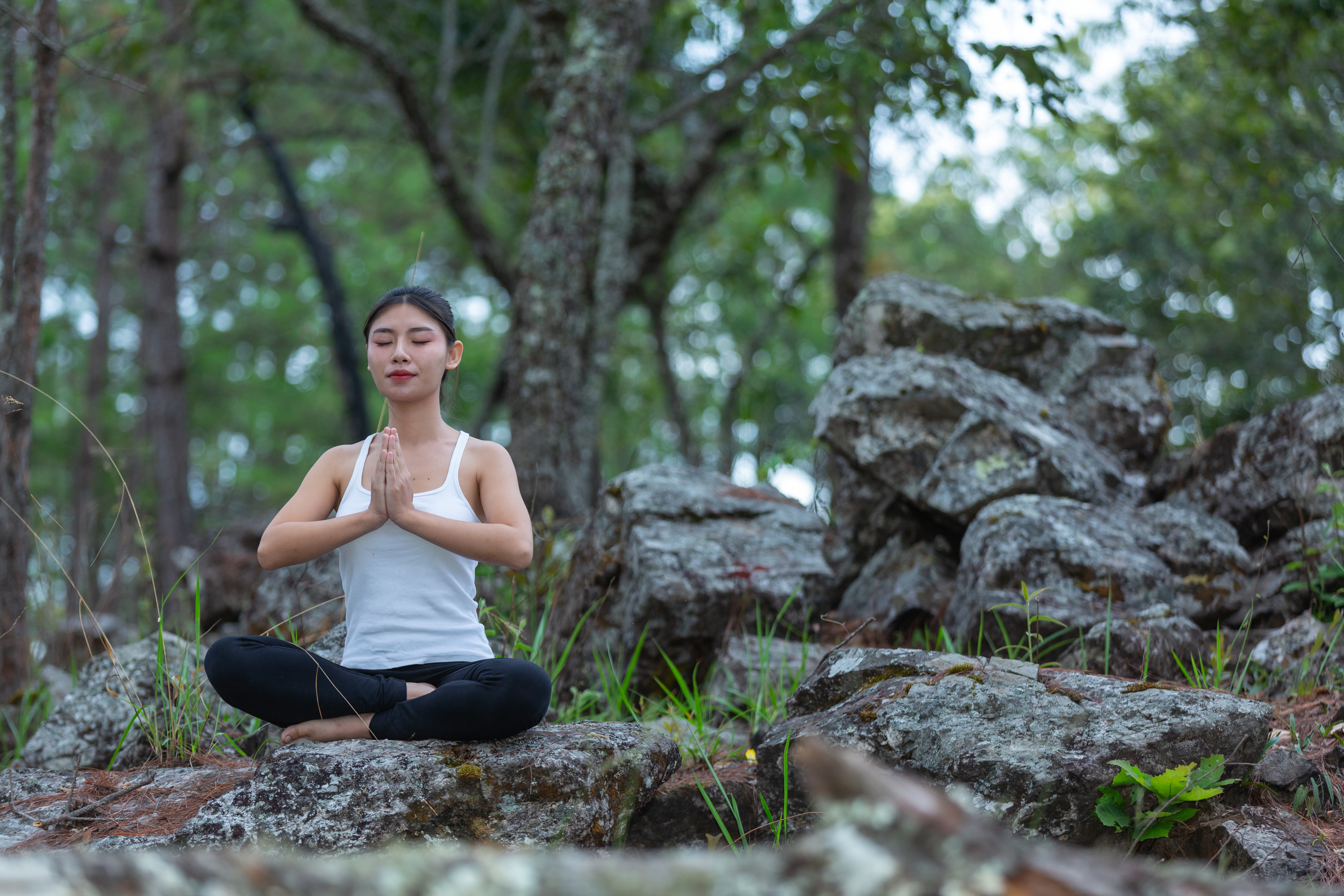Ancient Stress-busting Breathing Techniques and Improved Mental Clarity
In the modern dynamic world, it is no longer a secret that the stress and mental exhaustion come together. There are thousands of people who seek a way of solving their problems and many do not thing that timeless practices could help them achieve peace, balance, and focus after hundreds of years. One of these practices and one that is most effective is ancient breathing techniques. These are easy to follow but effective techniques which assist in one restoring composure, decreasing pressure as well as enhancing focus within one by returning the breath to its rhythm.
Why ancient breathing techniques work
The point of the contact between the body and mind is breathing. Yoga, Buddhism and the Tao system of beliefs were ancient traditions that used to believe that controlling the breath could directly affect the energy (prana, qi or life force) and emotions. Contemporary science has now actually proved that mindful breathing triggers the state of the parasympathetic nervous system which slows the throttle rate, the level of cortisol, and promotes the relaxation state.
With dedicated efforts in breathing according to patterns, you can not only find an escape to the stress factor, but also find improvements in terms of your focus, clarity, and the overall well-being of your mind.
The Yogic Science of Breath
Pranayama is a yoga technique, native to India. The term literally means, control life force. Controlling the breath was thought to maintain the balance of body, mind and spirit.
Pranayama Important Practices to Relieve Stress and Calm the mind:
1 Nadi Shodhana/ Alternate Nostril Breathing
- Brings the right and left hemisphere of the brain into balance.
- Lowers anxiety and clears the mind, and improves focus.
- The art of doing: Have your thumb closed in the right nostril, inhale with the left. and pass Switch and breathe out the right. Continue alternating.
2 Skull-Shining Breath (Kapalabhati)
- Wakes up the mind and removes mental screen.
- De-toxifies the lungs and increases availability of oxygen.
- Nose breathing: short, hard forced exhalations, and inhalations through a passive process.
3 Bhramari (Bee Breath)
· Causes the humming sound which vibrates through the head.
· Anti-stress, excellent nervous system tonic, brings clarity.
Taoist Breathing
According to Taoist philosophy breath is associated with Qi (life force energy). The Taoist monks invented breathing techniques in order to use them in order to become longer-lived, more in touch with themselves, and spiritually awakened.
· Diaphragmatic Breathing:
Dwells on deep breathing all the way into the belly, lessening stress and lowering blood pressure.
· Embryonic Breathing:
A meditational practise in which the breathing is slowed to a very gentle, almost invisible, rhythm thus mimicking the stillness of the fetus in the womb. It is claimed to renew vitality and mental lucidity.
Buddhist Breathing Meditation
Anapanasati (Mindfulness of Breathing) is a meditation practice that Buddhist monks have been practicing.
· Practitioners concentrate on every inhale and exhale.
· This creates presence, makes the mind quiet and calm.
· Scientific research demonstrates that the practice can help boost the amount of grey matter in the brain, which leads to improved memory and concentration.
An Ancient Wisdom Modern Science Confirms
Studies on breathing procedure indicate:
· Stress Relieve: A slow breathing process activates the vagus nerve, which reduces stress hormones.
· Cognition: Brain performance, focus and concentration are improved by access to more oxygen.
· Balance of Emotions: Breathing exercises decrease depression and anxiety symptoms.
· Improved Sleep: This breath training helps to cope with sleeping issues because the technique teaches such a person to get a complete rest by relaxing his or her nervous system.
The correspondence between traditional wisdom and contemporary science explains why these techniques have sailed through history.
The Simple Guide to Breathing Practice Step by Step
This is a daily routine that is relieved to those new to the ancient breathing techniques:
1. Find a Tranquil Place: Get yourself seated in a comfortable manner with your spine erect.
2. Start with Deep Belly Breathing (5 minutes): Breathe deeply in to the belly and out slowly with one of your hands on your belly.
3. Practice Nadi Shodhana (5 minutes): breathing technique that relaxes the mind.
4 End with Bhramari (3 minutes): Keep your eyes closed and breathe in deeply, and breathe out with soft humming sound.
This 15-industrial routine may bring a significant reduction in stress and increased mental clarity.
Advantages of a Daily Practice
By adding these methods in your life, you can experience:
· Less stress and anxiety
· Heightened concentration and efficiency
· Even sensitivity and more resilience
· Better sleep
· Greater connection of mind and body
· It only takes a bit of time everyday to change your energy, mood, and perception.
Final Thoughts
The ancient wisdom reveals that the ways to deal with modern stress can be found even in the most ordinary things such as breathing. With ancient breathing methods you have the lion share of natural stress relief, increased mental clarity, and a feeling of calm that transcends all elements of your life.
It does not matter whether you practice yogic pranayama, Taoist, or Buddhist mindfulness breathing, as long as you practice them regularly. However, a few minutes a day can change your mind, body, and spirit- one breath at a time.
